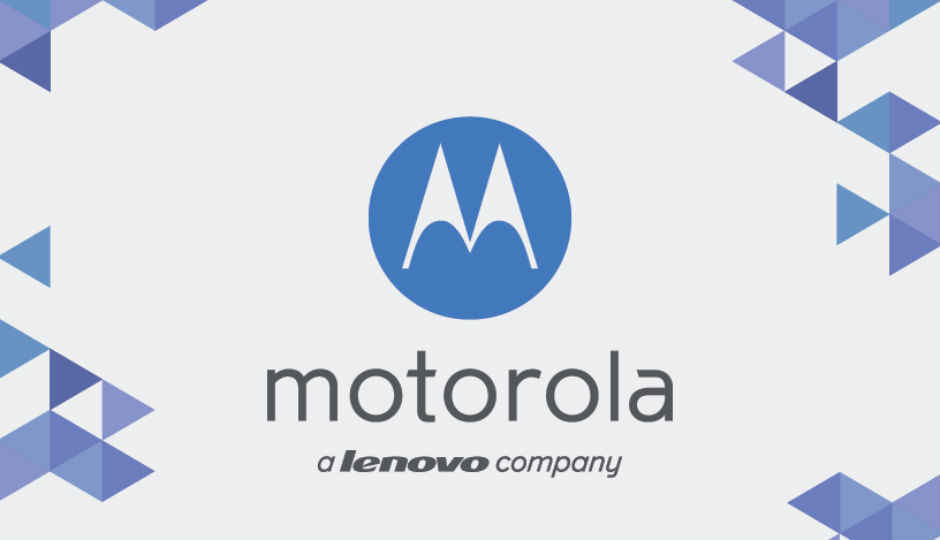Lenovo’s Motorola acquisition isn’t going as planned

Lenovo admitted that it's Motorola acquisition "didn't meet expectation." What now?
In its quarterly report yesterday, Lenovo admitted that its Motorola integration “didn’t meet expectations”. Lenovo’s honest admission comes even after Motorola contributed “about 5 million” units, out of a total of 10.9 million mobile devices sold by Lenovo in the last quarter of 2015. This includes Lenovo and Motorola branded phones, tablets and more.
“Lenovo has learned a great deal since the close of the Motorola acquisition and is applying learnings quickly, with actions in organization, leadership and approach. The two new co-presidents focused on China and the rest of the world (RoW) now have the right focus. China is still the most competitive market and Lenovo intends to return to growth there by continuing to drive the shift from carriers to open market and leveraging its ZUK brand to rebuild its end-to-end competitiveness. In RoW, Lenovo will maintain high growth in emerging markets and get the US business back on track with a competitive product portfolio,” said the report, by Lenovo.
So, why is Lenovo disappointed with Motorola, despite getting about half of its sales in the last quarter, from it? The answer may be more to do with Motorola, than Lenovo. Since the acquisition, Lenovo has kept its interference in Motorola devices, to a minimum But, it may be time to change that, especially with its shipments in China, dropping by a resounding 85%.
Lenovo’s impact on Motorola till now, has been limited, and largely positive. In a press conference in New Delhi, last year, Motorola executives said the company wants to take camera technology from Lenovo, since that was one of its weaker areas. This resulted in phones like the Moto X Play and Moto X Style, which had better cameras than earlier Moto devices. Even the recently launched Moto G4 Plus, came out to be better than competitors, with respect to the camera.
The question, however, is whether that’s enough. The company’s most successful device, the Moto G, still remains largely utilitarian. Motorola has often said that it focuses on delivering good customer experience, instead of gunning for the best specs. This, though, has left Moto G and other Motorola devices behind the competition.
On the other hand, Lenovo has launched phones like the Lenovo K3 Note and the Vibe K4 Note, which were quite popular and in tune with current trends. The rumoured Moto Z smartphone seems like a sea change to Motorola’s design philosophy, which is something that the company really does need to take into account.
With changing market trends, Motorola can’t afford to keep ignoring them, and Lenovo needs to step in.




